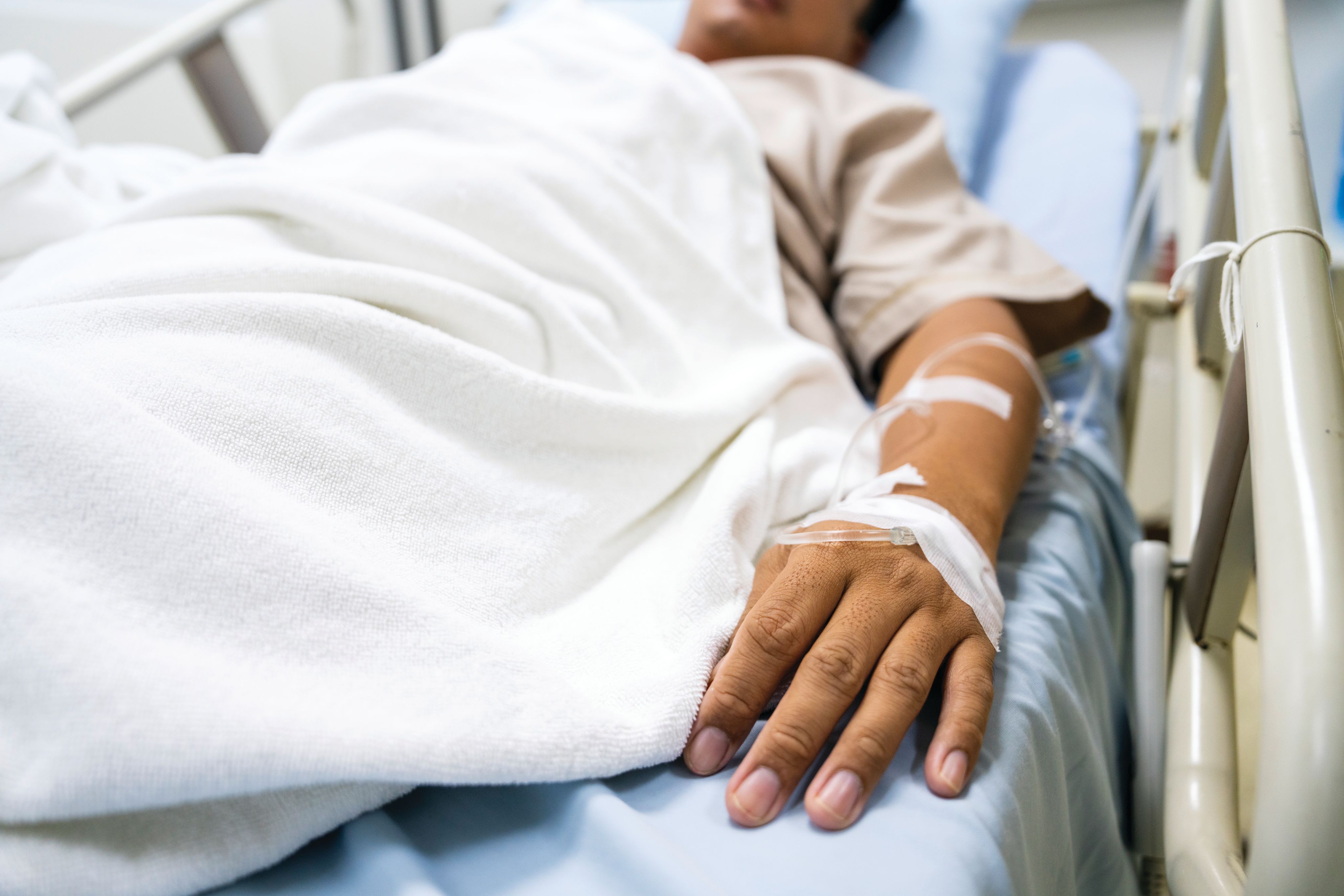
NICE guidance – early and locally advanced breast cancer: diagnosis and management
This guideline covers diagnosing and managing early and locally advanced breast cancer. It aims to help healthcare professionals offer the correct treatment, taking into account the preference of individual patients. This update on 2019 guidance includes new and updated recommendations on identifying, managing and reducing risk of lymphoedema following axillary treatment.
NICE Guideline NG101, February 2025.
Axillary surgery in breast cancer – primary results of the INSEMA trial
This trial randomised 5502 patients investigating the omission of axillary surgery as compared with sentinel-lymph-node biopsy (SLNB) in patients with clinically node-negative invasive breast cancer staged as T1 or T2. The estimated five-year invasive disease-free survival rate was 91.9% for patients in the surgery-omission group and 91.7% among patients in the surgery group. The authors concluded that for this patient group, omission of surgical axillary staging was noninferior to SLNB after a median follow-up of six years.
Reimer T, Stachs A, Veselinovic K, et al. N Engl J Med. 2025; 392(11): 1051–1064.
Surgeons’ perspectives on liability for the use of artificial intelligence technologies
This study conducted online focus groups with 18 surgeons from the US and EU. It revealed the following themes: the potential benefits of AI-driven technology in surgery; acceptance of surgeon responsibility; recognition that AI may impact the standard of care; scepticism about potential liability for AI manufacturers; and the importance of patient information and consent. The authors concluded that surgeons would benefit from increased understanding of how AI technologies will deliver benefits and also from clarity surrounding how they will be governed.
Duffourc M, Møllebæk M, Druedahl LC et al. Ann Surg Open. 2025; 6(1): e542.
Ambulatory surgery ensemble: predicting adult and paediatric same-day surgery cases
This study included 139,593 adult and paediatric patients undergoing elective surgery. Surgical data from the time of case booking were used to predict case length; length of stay less than six hours; and home discharge disposition. The data were used to develop an ambulatory surgery ensemble (ASE) model to predict same-day surgery (SDS) cases. The ASE achieved an average precision of 0.96 and identified that 20% of inpatient cases could be moved to SDS.
Howell TC, Zaribafzadeh H, Sumner MD, et al. Ann Surg Open. 2025; 6(1): e534.
Evaluating the use of absorbable sutures versus staples versus tissue glue in laparoscopic port skin closure (STILS) trial
This trial randomised 147 patients undergoing laparoscopic surgery to skin closure with absorbable sutures, staples or tissue glue. It concluded that absorbable sutures provided the most cosmetic, cost-effective and sustainable closure. There was no difference in complication rates.
Ramjit SE, Davey MG, Keelan S, et al. Surgeon. Available online 17 March 2025.
Pathological response guides adjuvant LOT chemotherapy in surgically resected gastro-oesophageal cancer (SPACE-FLOT)
This international study looked at the survival for 1887 oesophago-gastric cancer patients. Patients with a partial response to preoperative FLOT chemotherapy benefited from postoperative treatment, but those with minimal response or a complete response did not. The authors concluded this could enable personalised approaches to treatment.
SPACE-FLOT investigators. Br J Surg. 2025; 112(4). znaf056
Weight changes following total hip and total knee arthroplasty
This systematic review included 21 studies of 55,245 patients looking at weight changes after hip and knee replacement. The review found most patients maintained their preoperative weight and arthroplasty did not lead to weight loss from improved pain and mobility in the majority of patients.
Toale J, Stanley C, Quinlan JF. Surgeon. 2025; S1479-666X(25)00045-9.
GLP-1 agonists may raise risk of pulmonary aspiration during surgery, MHRA warns
The UK drugs regulator has warned that GLP-1 agonists such as semaglutide and tirzepatide, which slow down stomach emptying, may increase the risk of aspiration in patients undergoing general anaesthetic or deep sedation procedures.
Mahase E. BMJ. 2025; 388: r205.
Management of end-stage ankle arthritis
The British Orthopaedic Association (BOFAS) has published Specialty Standards for all patients considered for primary or revision ankle fusion or total ankle replacement.
BOFAS 2025 https://www.bofas.org.uk/
Laparoscopic resection rectopexy versus Delorme’s procedure in full-thickness rectal prolapse (DELORES-RCT)
This trial randomised 70 patients to laparoscopic resection rectopexy (LRR) or Delorme’s procedure (DP). At two years, 8.2% of patients in the LRR group had a full-thickness recurrence versus 42.8% in the DP group. Overall postoperative morbidity was low. Quality of life was more favourable for LRR. The authors concluded laparoscopic resection rectopexy was superior.
Herrle F, Sandra-Petrescu F, Rothenhoefer S, et al. Ann Surg. [in press] 2025.
Optimizing ward rounds: systematic review and meta-analysis of interventions to enhance patient safety
This systematic review of 84 studies looked at interventions to improve ward round processes. Checklist interventions significantly reduced ICU length of stay, improved documentation, and did not increase the duration of ward rounds. Structure interventions did not increase the time spent per patient or impact 30-day readmission rates or patient length of stay.
Treloar EC, Ey JD, Herath M, et al. Br J Surg. 2025; 112(4): znaf041.
Sonolysis during carotid endarterectomy:randomised controlled trial
This trial randomised 1,004 patients to sonolysis or sham procedure during carotid endarterectomy. The primary endpoint was the incidence of ischaemic stroke, transient ischaemic attack (TIA), and death within 30 days. Results favoured the sonolysis group 2.2% versus 7.6%. The authors concluded sonolysis was safe and resulted in a significant reduction in the incidence of ischaemic stroke, TIA and death.
Školoudík D, Hrbáč T, Kovář M, et al. BMJ. 2025; 388: e082750.
Read more






